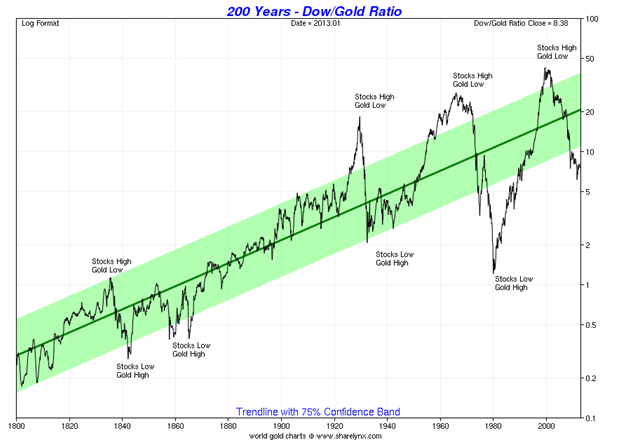Yesterday I wrote to tell you that this week will be the last week we publish The Resource Prospector.
Some readers wrote in to express their feelings on the issue, and I appreciate the kind words many of you sent in.
Frank V. wrote in to say:
“I would like to know where you will write in the future, I enjoyed your thoughts about the market, you are one of few analysts that make sense actually and I valued your opinion.
I am sorry they cancel this newsletter and hope to read you in another one soon.”
Thanks, Frank. The good news is that I’m not going anywhere. I still have an office here at Wyatt Research. I’m still going to be contributing to the editorial here. And you’ll still be able to see my writing in our other free daily newsletter: The Daily Profit.
I’ll contribute somewhat regularly to that publication, and if you don’t already receive it, you’ll start receiving it next Monday.
Rachel H. wrote:
“Very bad news – I’m sorry the Resource Prospector is finishing – I still read it every day and will stay interested in commodities until gold is more on par with the Dow. Sorry if other readers are a bit short-sighted. It may not be very long before the dollar suddenly tanks and you’re asked to resume this newsletter. I hope I’ll be on your list.”
Thanks, Rachel.
Rachel is referring to a long-term asset allocation strategy I’ve written about many times. It’s one of the most important ideas I’ve mentioned in the pages of The Resource Prospector over the years, and it certainly bears repeating.
The strategy works because it focuses on super long-term trends that most people ignore in favor of short-term market movements.
Most people prefer to buy and sell an investment in a six-month holding period. That’s not long-term investing – but, sad to say, six months is the average holding period.
That makes most people traders instead of investors. And there’s nothing wrong with trading. It’s just that most people don’t have the expertise to trade effectively. Trading takes a strong mathematical background, a strong stomach and a strong contrarian outlook.
But the Dow-Gold strategy Rachel refers to doesn’t require any of those things. It requires the ability to look at a long-term trend and to wait for that trend to reverse.
In this case, we take the Dow Jones Industrial Average index, and divide it by the price of one ounce of gold.
If that seems like an arbitrary match-up, consider that stocks and precious metals have a long history and a strong relationship. They’re two of the biggest and most important asset classes. Buying one or the other shouldn’t be a matter of guesswork – and this strategy takes advantage of the fact that there’s an average value of 30 of the largest publicly traded companies in the world compared to the price of gold in dollars.
When the ratio is high, it’s time to buy gold and sell stocks. When the ratio is low, it’s time to sell gold and buy stocks.
The chart below shows the long-term trend for this ratio:

What this ratio tells us now is that it wouldn’t be out of the ordinary for gold to continue to correct to the downside. It also tells us that it’s likely we’ll see the ratio get close to 1:1 before the end of this bull market.
If that’s the case, we know we should continue to buy (or at least hold) gold and wait for the ratio to get close to that 1:1 mark.
Following this strategy (and this strategy alone) since the end of the last gold bull market in 1980, you would have turned $1,000 into over $70,000 (and counting) today.
Compare that to $15,000 if you had put your money in stocks and kept it there – or kept it in gold, in which case you would be sitting on $1900…
This strategy works because there is a relationship between these large asset classes, and if you follow it diligently over the long term, you’ll take advantage of most of the upside in these assets, miss out on most of the downside AND you won’t be fretting daily over the kinds of pointlessly miniscule price movements in individual investments that wipe out most investors.
Frankly, this strategy is so compelling that it should make up a significant portion of your portfolio. It’s one of the most important ideas I’ve written about, and I hope you’ll save this issue and refer to it as needed in the months and years to come.
Tomorrow is Wednesday, and will be one of my last 3 issues of The Resource Prospector. Please stay tuned: I’m going to discuss another one of the most important ideas I’ve mentioned in these pages over the years.
 Facebook
Facebook
 Twitter
Twitter